Ngu Xa village is located next to Truc Bach lake (Ba Dinh district, Hanoi ), with a history of about 500 years. The village name is closely associated with the history of the village's formation.
According to artisan Nguyen Van Ung, historical records show that during the early Le Dynasty (1428-1527), the royal court gathered skilled bronze casting artisans from five communes of Sieu Loai district (now Thuan Thanh, Bac Ninh ) and Van Lam district (Hung Yen) to the capital to establish a school for casting coins and worshiping objects for the royal court, called Trang Ngu Xa. People from the five communes moved to Thang Long to start a business, choosing the land on the shore of Truc Bach Lake to settle down. To remember their five original villages, people named it Ngu Xa.
Over the centuries, Ngu Xa - bronze casting village has become close and familiar to people from all regions, and is considered one of the four quintessential crafts of ancient Thang Long.
Artisan Ung shared: bronze casting has 5 basic techniques including: Modeling the details to be cast, next is creating the mold, then mixing the materials, cooking and pouring the materials into the mold, after casting, comes the cooling stage and finally polishing the product.
The difference of Ngu Xa's copper products is the monolithic casting technique. Monolithic casting is not simple for small products, but for extremely large products it is even more difficult and complicated. There are stages that take many months to complete.
However, there are no records of bronze casting techniques to be passed down. The craftsmen mainly follow the method of father to son. The children see how their father does it and then imitate it, gradually becoming a profession. Bronze casting requires meticulous attention to each step, so it takes a lot of time. To be able to learn and master the craft, the craftsman must spend years. And to make a perfect product that is well received by customers, the craftsman must study all his life.
 |
| Artisan Nguyen Van Ung. Photo: Nguyen Hien |
In the past, bronze casting tended to be products serving spiritual culture, used in temples and pagodas. The village is the cradle of bronze casting works that are present all over the country. The most famous are the bell of the One Pillar Pagoda and the bronze statue of Huyen Thien Tran Vu in Quan Thanh Temple, nearly 4m high and weighing 4 tons. These statues are a testament to the talent, unique technique and creativity of Ngu Xa artisans.
In addition, Than Quang Pagoda has a bronze statue of Amitabha Buddha, 4m high and weighing 12.3 tons, created from 1949 to 1952, recognized as the oldest bronze Buddha statue in the country.
Nowadays, bronze casting products have become more sophisticated and closer to human life such as: household appliances, portraits, statues, decorative items...
Artisan Nguyen Thanh Tuan (Mr. Ung's son) shared: "Bronze casting products have appeared in Vietnamese people's lives since ancient times, typically the Dong Son bronze drum - a symbol of Au Lac civilization and culture. Later, bronze products appeared in the form of Buddha statues, statues of famous people, etc. It can be seen that bronze products have very special spiritual and mental values for Vietnamese people."
 |
| The skillful hands of the bronze sculptor in bronze sculpture. Photo: Nguyen Hien |
According to artisan Nguyen Van Ung: “Vietnamese bronze statues stand out not only for their special spirit, but also for their unique statue-making techniques. Our bronze is often more natural and durable than foreign bronze. The products are often cast in one piece with few joints, even for statues with many details. Therefore, although the bronze casting profession is no longer in its prosperous period as before, it still has a certain position in life.”
 |
| Bronze casting products of Ngu Xa village in the showroom. Source: Thu Hien |
“We are very proud that the bronze casting art of Ngu Xa village is still known not only domestically but also internationally. Many foreign visitors have also come here to visit and buy bronze casting products as a collection. "I want to not only introduce my family's bronze casting products, from Ngu Xa village, but also introduce the culture of Vietnam and the whole nation to foreign visitors," said artisan Ung.
According to him, Vietnamese bronze casting techniques have many unique features. The important thing is that today's generation of artisans must constantly improve their skills. Only then can Vietnamese bronze casting products be brought to a large number of domestic and foreign customers, and introduce to international friends the beauty of bronze casting products and the talent of Vietnamese artisans.


![[Photo] Solemn funeral of former Vice Chairman of the Council of Ministers Tran Phuong](https://vphoto.vietnam.vn/thumb/1200x675/vietnam/resource/IMAGE/2025/10/24/1761295093441_tang-le-tran-phuong-1998-4576-jpg.webp)

![[Photo] President Luong Cuong chaired the welcoming ceremony and held talks with United Nations Secretary-General Antonio Guterres](https://vphoto.vietnam.vn/thumb/1200x675/vietnam/resource/IMAGE/2025/10/24/1761304699186_ndo_br_1-jpg.webp)
![[Photo] Prime Minister Pham Minh Chinh and South African President Matamela Cyril Ramaphosa attend the business forum](https://vphoto.vietnam.vn/thumb/1200x675/vietnam/resource/IMAGE/2025/10/24/1761302295638_dsc-0409-jpg.webp)
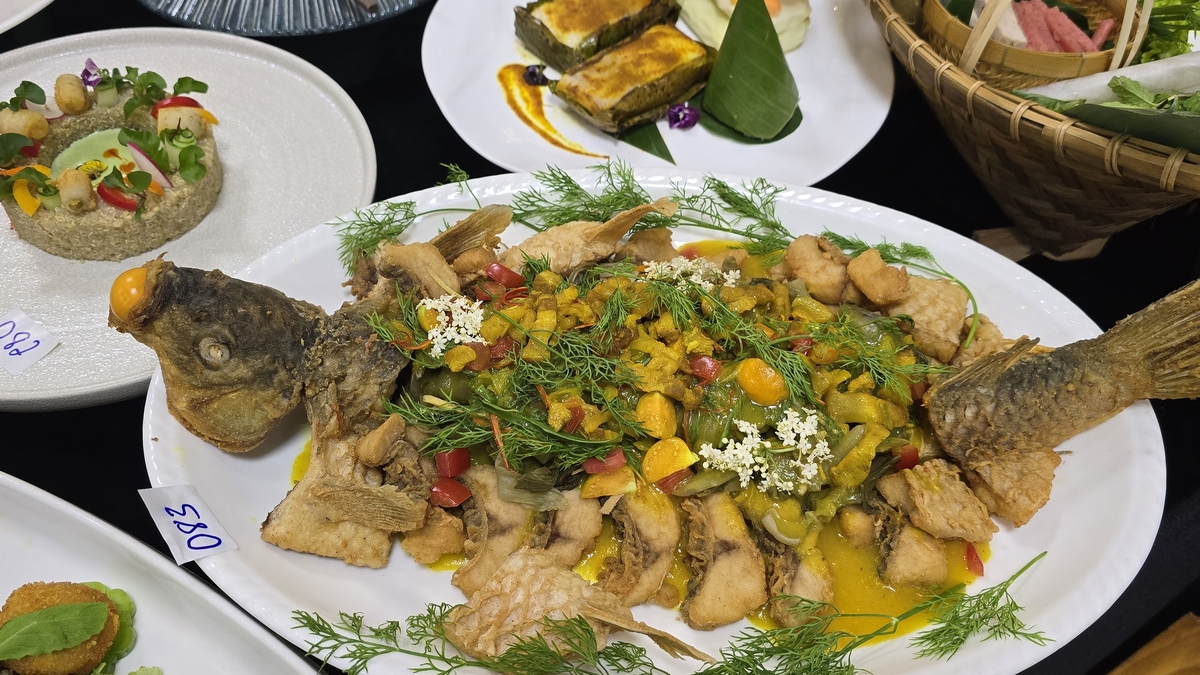
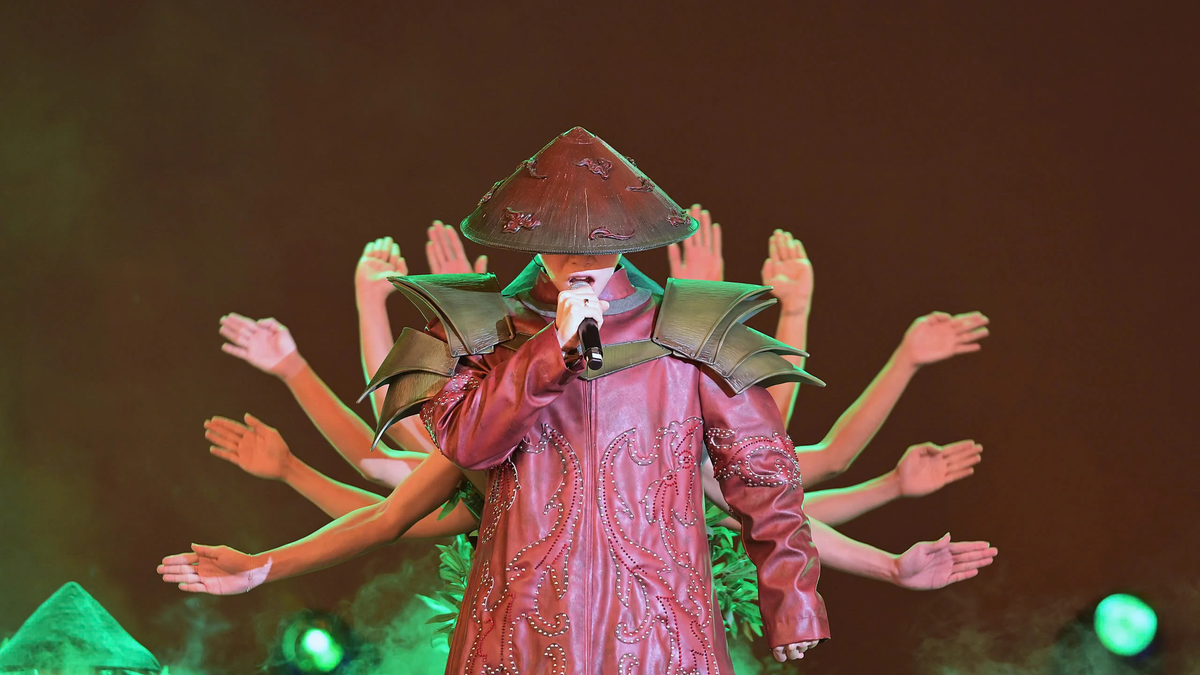
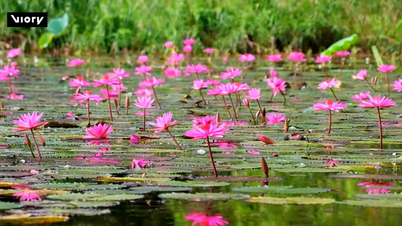



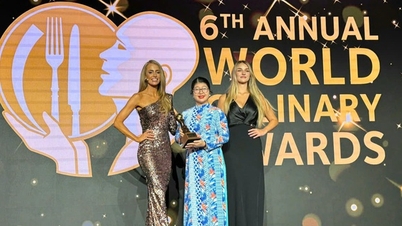




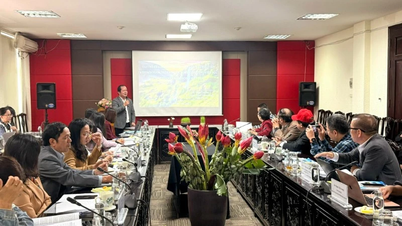





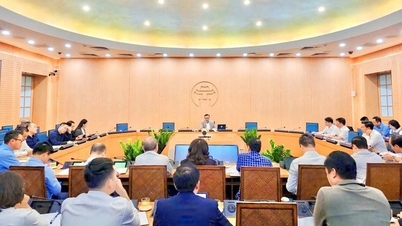

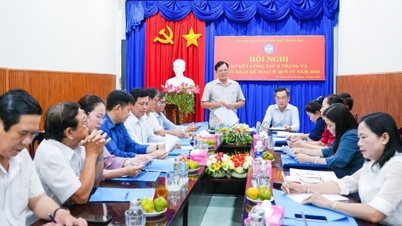
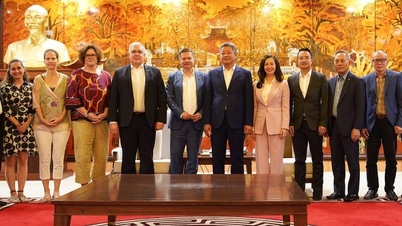








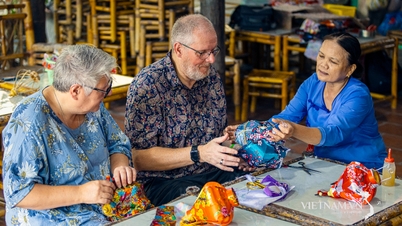

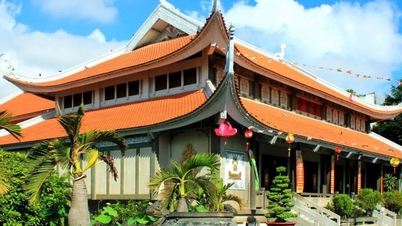































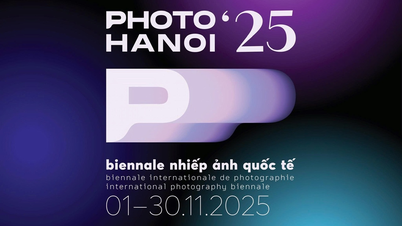

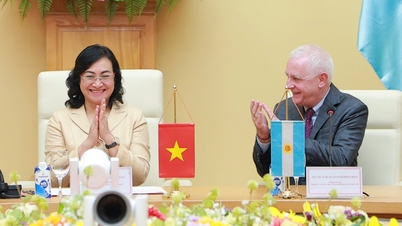


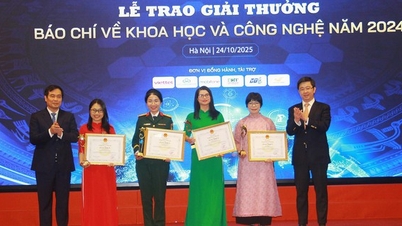

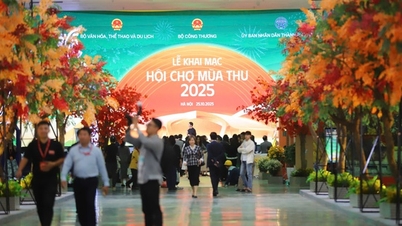
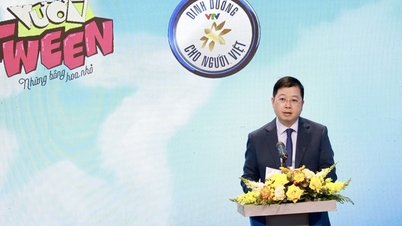
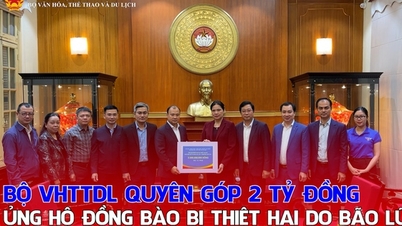
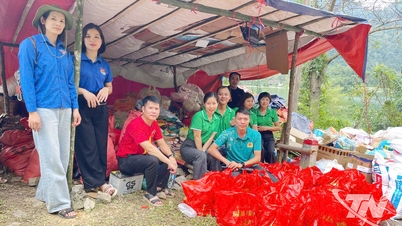

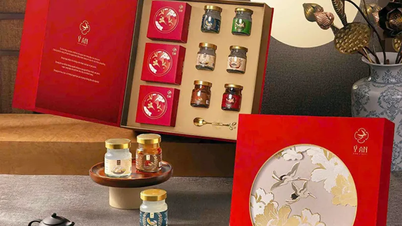





















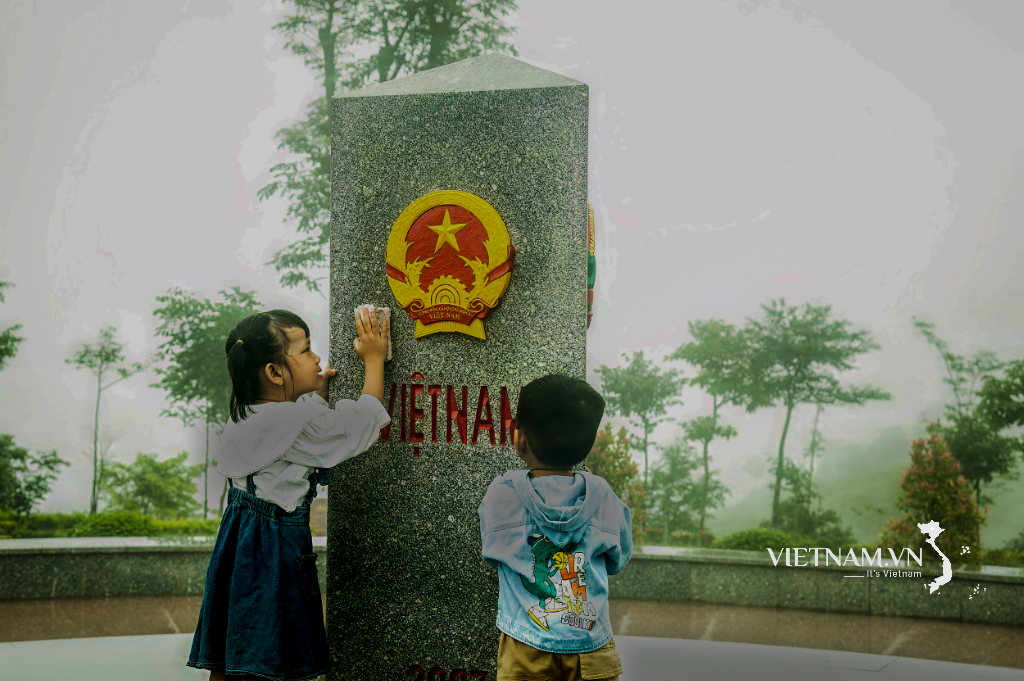


Comment (0)